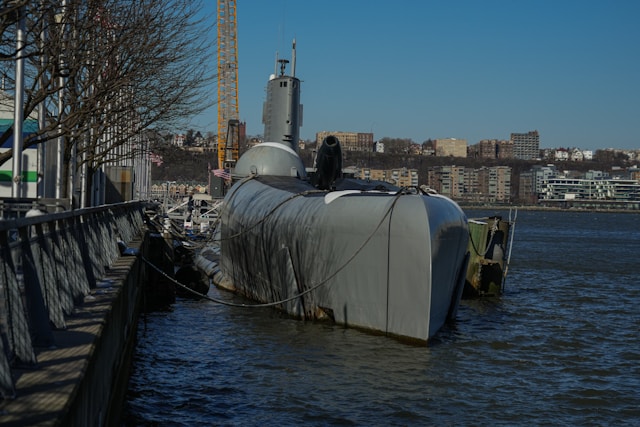The US Navy Starts to Modernize Submarines by Installing 3D-printed Valve Assemblies

The United States military has begun to modernize its fleet with the adoption of 3D printing technology. In a major overhaul, the US Navy continues to lead the charge in defense applications with the announcement of a 3D-printed component that will be installed on submarines. Hunt Valve, the Fairbanks Morse Defense subsidiary, has signed an agreement with the Maritime Sustainment Technology and Innovation Consortium (MSTIC) for the production of 3D printed assembly installing U.S. Navy submarines.
Compared to traditional manufacturing methods like sand casting, the additive manufacturing technology with copper-nickel for large valve production is a pointed step forward as 3D printing takes an important point in the push for cutting-edge naval technology.
Until now, they have only been able to adopt additive manufacturing (AM) for submarine components for small parts and pieces while applications for challenging alloys such as copper-nickel have been rare. Besides, the traditional method of sand-casted copper-nickel is highly porous and often results in a high fall-out rate.
By leveraging the capabilities of AM, Hunt Valve will deliver state-of-the-art, 70-pound valve assemblies, engineered to surpass the quality set by traditional methods.
The project involves collaboration between Hunt Valve and Lincoln Electric, a provider of welding solutions technology. Under the partnership, Lincoln Electric will use a specialized 3D printing process to carefully craft the valve bodies.
This process stacks layers of copper-nickel together to create the final product, an approach that offers greater design flexibility and overcomes limitations associated with traditional casting techniques which creates a component by removing pieces from a base sheet or block of metal. After that, Hunt Valve receives the printed valve body to manufacture the remaining components. Then, all the parts are assembled to create the full valve assembly.
In addition, 3D printing promisingly reduces production timelines as well as enhances the overall flexibility and efficiency of the Navy’s supply chain. By leveraging the technology, the Navy can reduce its reliance on foreign manufacturers, ensuring a cheaper, more reliable source for these components.
The adoption of 3D printing can accelerate component production by up to 75%. Not only that, the successful production of these large-scale, mission-critical components using complex alloys proves an opportunity to demonstrate the growing versatility of AM to meet the demands of modern naval operations.

 Tech Steel & Materials
Tech Steel & Materials
Comments are closed